Every year, more than one out of every seven Americans—48 million—gets sick after eating contaminated food, according to the Centers for Disease Control (CDC). Most of the symptoms are fairly mild (nausea, vomiting and stomach cramps) and pass within a few days. But in rare cases, the problem can be life-threatening.
The most common offenders are the highly infectious norovirus and salmonella (found in raw chicken, meat and eggs), but there are more than 250 types of germs that could make you sick, says Brittany Behm, spokesperson for the CDC. “And they aren’t always things that we can see,” she adds.
But whether we’re hosting a backyard party or cooking dinner in the kitchen, following a few simple food-safety rules can help prevent food poisoning, says Behm. Here’s her advice.
1. Wash Your Hands Often
 You know to wash your hands after using the bathroom and before eating, but experts say you should also do it between each step of the cooking process (for example, after you handle raw meat, plus before and after peeling vegetables). It’s one of the most important things you can do to prevent food poisoning, according to the CDC. Wash your hands for at least 20 seconds (about the length of time it takes to sing the “Happy Birthday” song twice).
You know to wash your hands after using the bathroom and before eating, but experts say you should also do it between each step of the cooking process (for example, after you handle raw meat, plus before and after peeling vegetables). It’s one of the most important things you can do to prevent food poisoning, according to the CDC. Wash your hands for at least 20 seconds (about the length of time it takes to sing the “Happy Birthday” song twice).
2. Clean Fruits And Vegetables
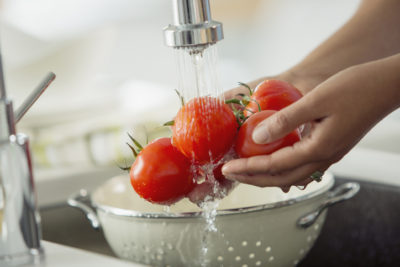 Rinse all produce under running water before slicing or peeling (and don’t use soaps or special cleaners), since germs can spread from the outside to the inside with the blade of your knife.
Rinse all produce under running water before slicing or peeling (and don’t use soaps or special cleaners), since germs can spread from the outside to the inside with the blade of your knife.
3. Don’t Wash Raw Meat
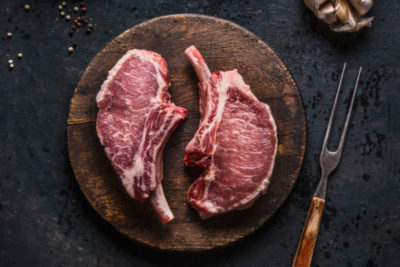 Meats, fish and eggs should never be washed, because bacteria could splash onto nearby surfaces. Use one cutting board for raw meats and another for vegetables, and clean the boards with hot, soapy water or pop them into the dishwasher.
Meats, fish and eggs should never be washed, because bacteria could splash onto nearby surfaces. Use one cutting board for raw meats and another for vegetables, and clean the boards with hot, soapy water or pop them into the dishwasher.
4. Clean All Surfaces
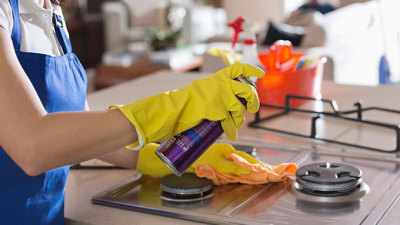 Wash prep and cooking surfaces after preparing food. Spritz and wipe down the sink and countertop with a diluted-bleach solution (one tablespoon bleach to one gallon of water).
Wash prep and cooking surfaces after preparing food. Spritz and wipe down the sink and countertop with a diluted-bleach solution (one tablespoon bleach to one gallon of water).
5. Keep It Cool
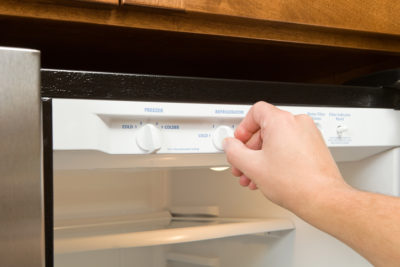 Make sure your fridge is cold enough—set it between 32° and 40°F. And refrigerate any perishable food, including groceries and leftovers, within two hours. Cut that time in half during the summer, when food warms up faster.
Make sure your fridge is cold enough—set it between 32° and 40°F. And refrigerate any perishable food, including groceries and leftovers, within two hours. Cut that time in half during the summer, when food warms up faster.
6. Avoid The “Danger Zone”
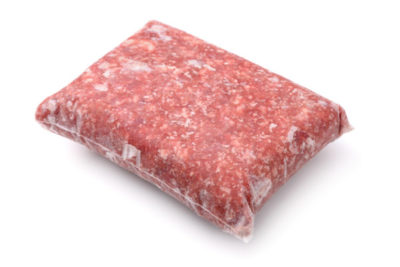 If you need to thaw something for dinner, put it in the fridge instead of leaving it out on the kitchen counter, where it can quickly become too warm. Between 40° and 140°F is considered by the CDC to be the “danger zone,” because that’s the range of temperatures at which bacteria most easily grow.
If you need to thaw something for dinner, put it in the fridge instead of leaving it out on the kitchen counter, where it can quickly become too warm. Between 40° and 140°F is considered by the CDC to be the “danger zone,” because that’s the range of temperatures at which bacteria most easily grow.
7. Separate, So You Don’t Cross-Contaminate
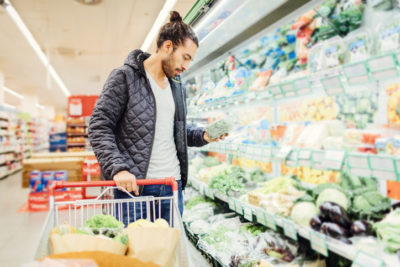 Keep meats, poultry and fish away from fresh or ready-to-eat foods—starting in your grocery cart. Put fresh meat in a plastic bag; place it below your other groceries to protect them from leakage. Then bag the meat separately for the trip home. When you get there, place raw meat or poultry on your fridge’s bottom shelf so it doesn’t drip onto something below.
Keep meats, poultry and fish away from fresh or ready-to-eat foods—starting in your grocery cart. Put fresh meat in a plastic bag; place it below your other groceries to protect them from leakage. Then bag the meat separately for the trip home. When you get there, place raw meat or poultry on your fridge’s bottom shelf so it doesn’t drip onto something below.
8. Cook To The Right Temperature
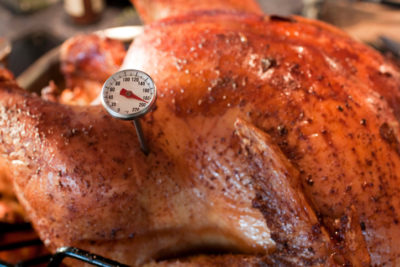 Eating anything raw can increase the chances of a food-borne illness. To reduce the risk, the CDC recommends cooking all animal-based foods, from eggs to steak, completely. For meat, use a thermometer, inserted into the thickest part of the meat, to make sure the internal temperature is high enough to kill the germs that can make you sick. Safe temperatures vary, according to FoodSafety.gov: Chicken and turkey need to be cooked to 165°F; ground meats (beef and pork) to 160°F; and individual cuts of beef, pork or lamb to 145°F. Cook most seafood to 145°F as well, says the FDA. Also, you should let some meats rest for 3 minutes after cooking (pork and ham, along with fresh beef, veal and lamb), as their internal temperature will continue to rise and destroy harmful germs. Refer to this chart for a breakdown of the temperature and resting times for all meats.
Eating anything raw can increase the chances of a food-borne illness. To reduce the risk, the CDC recommends cooking all animal-based foods, from eggs to steak, completely. For meat, use a thermometer, inserted into the thickest part of the meat, to make sure the internal temperature is high enough to kill the germs that can make you sick. Safe temperatures vary, according to FoodSafety.gov: Chicken and turkey need to be cooked to 165°F; ground meats (beef and pork) to 160°F; and individual cuts of beef, pork or lamb to 145°F. Cook most seafood to 145°F as well, says the FDA. Also, you should let some meats rest for 3 minutes after cooking (pork and ham, along with fresh beef, veal and lamb), as their internal temperature will continue to rise and destroy harmful germs. Refer to this chart for a breakdown of the temperature and resting times for all meats.
Now that your stomach’s safe, help protect your home with affordable homeowners or renters insurance through the GEICO Insurance Agency. Get a fast, free quote today.
By Ellise Pierce

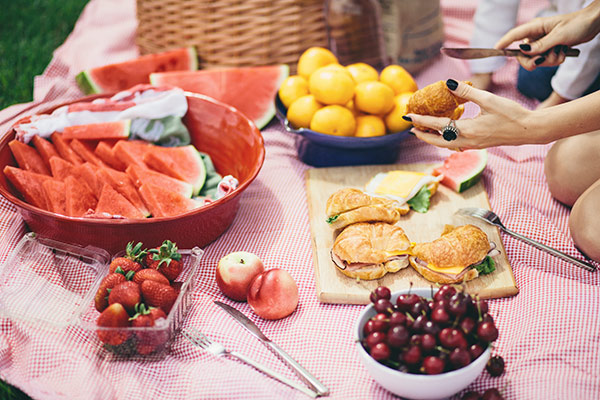


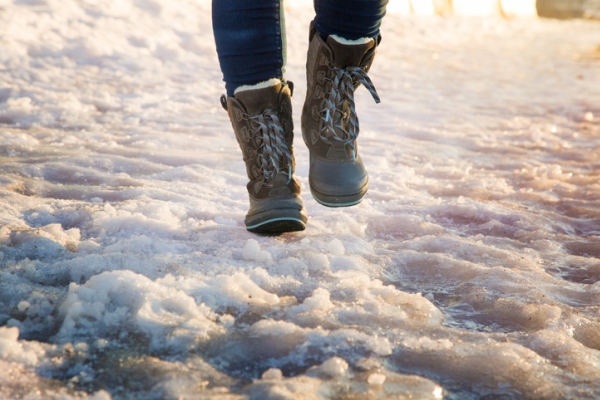
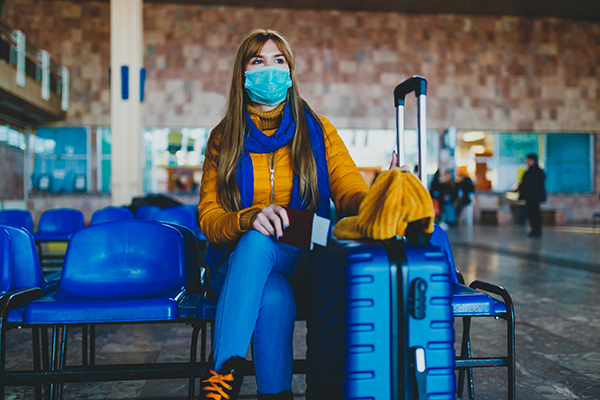
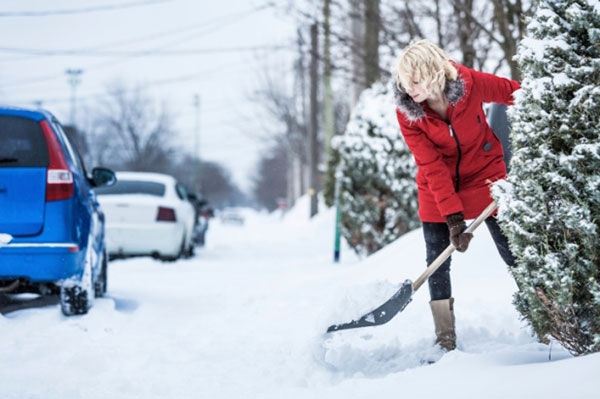



comfort finds says,
Thank you Ellise , for sharing the tips to prevent food Poisoning , i want to ask a question is it good to eat half boil chicken?
Stacey - Food Safety Superhero says,
When I was younger my mother always left meat defrosting on the counter. As I grew nto adulthood, I did the same thing because if my mom did it, then it had to be right. After many years of accidentally giving my family food poisoning from that one act, I finally learned a valuable lesson. One I wish more people would listen to.